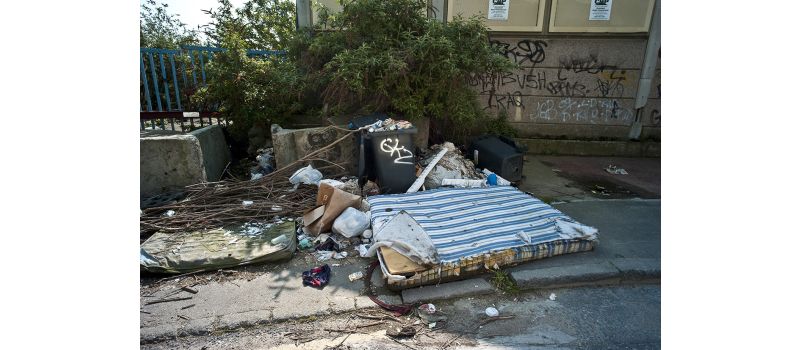25 January 2017
20 view(s)
3 min read
Each year, the Government’s Department for Environment, Food & Rural Affairs records the UK’s annual recycling rates. This is to track the progress of Britain’s waste management as well as monitor these levels in terms of the European Union’s recycling targets. Britain’s level of recycled household waste increased every year from 2010 to 2014, however, it took a sudden plunge in 2015 and again last year.
The Problem
By 2020, the UK must recycle a minimum of 50% of household waste if it is to meet the EU’s recycling targets. However, the UK’s level of recycled waste dropped from 44.9% in 2014 to 43.9% in 2015. This was the first drop since modern records began and sparked worry from the Government. According to Recycling Guide, up to 60 percent of an average dustbin’s waste could actually be recycled. As it stands, just eight months’ worth of UK rubbish could fill Lough Neagh – the largest lake in Britain.
Why Is It Important?
Recycling reduces the strain on energy consumption, natural resources and the environment:- Energy Consumption – by recycling used materials, manufacturers are creating fewer products from raw materials, which saves the energy otherwise used for extracting, refining and shaping these raw materials.
- Natural Resources – the aforementioned raw materials come from mining and deforestation. By recycling, we use fewer of these resources, which helps protect wildlife and natural habitats and conserve our natural resources.
- Environment – reusing old materials means that less waste is sent to landfills and creating fewer new products means fewer greenhouse gases are being released into the environment from the manufacturing process.

The Solution
At the end of last year, The Guardian quoted the former CEO of the Environmental Services Association’s (ESA) as saying, “householders in the UK are still confused about recycling.” As is with almost everything, the solution revolves around education: do a bit of digging into the subject; read packaging labels and teach yourself what can and cannot be recycled. Over time, recycling certain household items will become second nature. In terms of household items that are less frequently thrown away such as electronics, each county adopts their own specific rules for recycling so become familiar with your own region’s guidelines. Familiarise yourself with local recycling firms/tips or trying selling / donating your old, unwanted gadgets.





